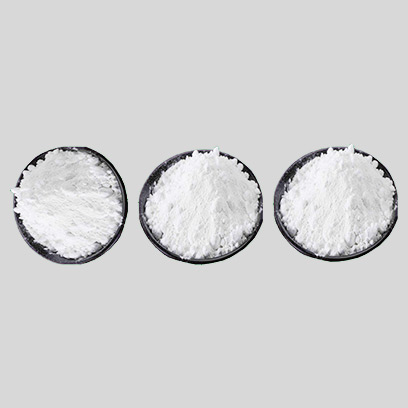
1 月 . 12, 2024 14:43 Back to list
What is Titanium Dioxide-Titanium Dioxide
Titanium dioxide (TiO2) is a naturally occurring fine white powder or dust, first intentionally produced as a white pigment in 1923. It is naturally opaque and bright, making it very useful in fields such as paper, ceramics, rubber, textiles, paint, ink, and cosmetics. Meanwhile, it has resistance to ultraviolet (UV) light and is widely used in sunscreens and pigments that may be exposed to UV rays. In personal care products, it is widely used in cosmetics such as eye shadow and powder blusher, loose powder and compression powder, and sunscreen.
Titanium Dioxide/TiO2/Titanium Oxide Free Sample
Titanium dioxide can form various shapes and have different properties. Some shapes can be transformed into nanomaterials. Micronized TiO2 (also known as "nano" or "nanoparticles") was introduced in the early 1990s. Nanotechnology and micronization both refer to the practice of creating very small particle sizes for a given material. "Nanoparticles" usually refer to particles smaller than 100 nanometers; Nanometers are one billionth of a meter. At such a small size and low concentration, titanium dioxide presents a transparent appearance, preventing the sunscreen from appearing white.
Titanium dioxide, or TiO2, will be listed on the product label, but the company is not required to list the size or structure of the ingredients. When it is used in sunscreen to block ultraviolet rays, titanium dioxide is considered an active ingredient, which means the concentration must also be listed.
-
Ultimate Choice for Quality and Durability: HUIFRIEND’s Titanium Dioxide
NewsNov.22,2024
-
Durable Choice-HUIFRIEND’s Titanium Dioxide
NewsNov.22,2024
-
Durable and Versatile-HUIFRIEND's Premium Products
NewsNov.22,2024
-
Discover the Excellence of HUIFRIEND Products
NewsNov.22,2024
-
The main functions and effects of titanium dioxide in high-quality yarns,fabrics and home textiles
NewsNov.22,2024
-
The Main Uses of TiO2 Powder in the Industrial Field
NewsNov.22,2024

